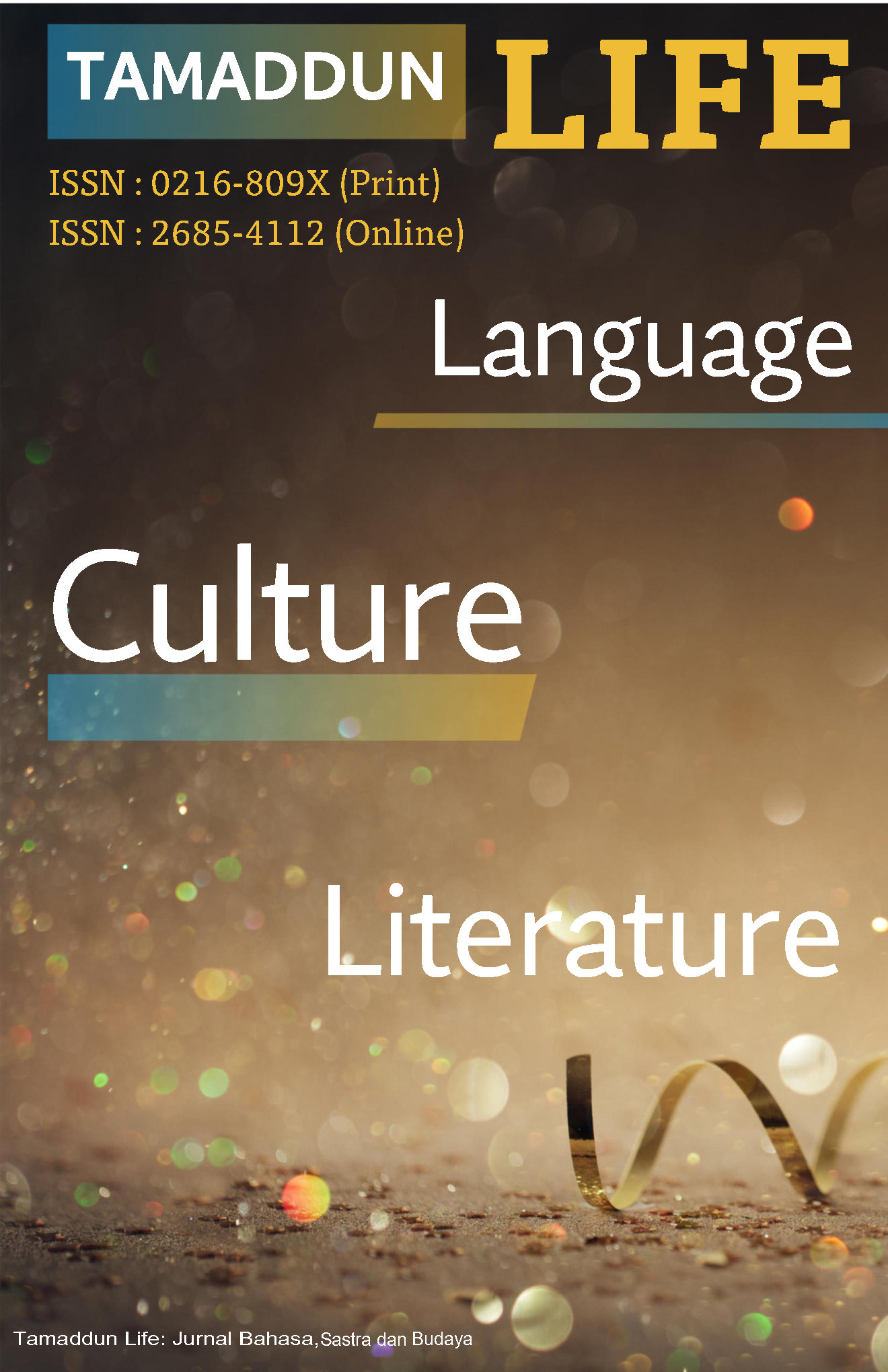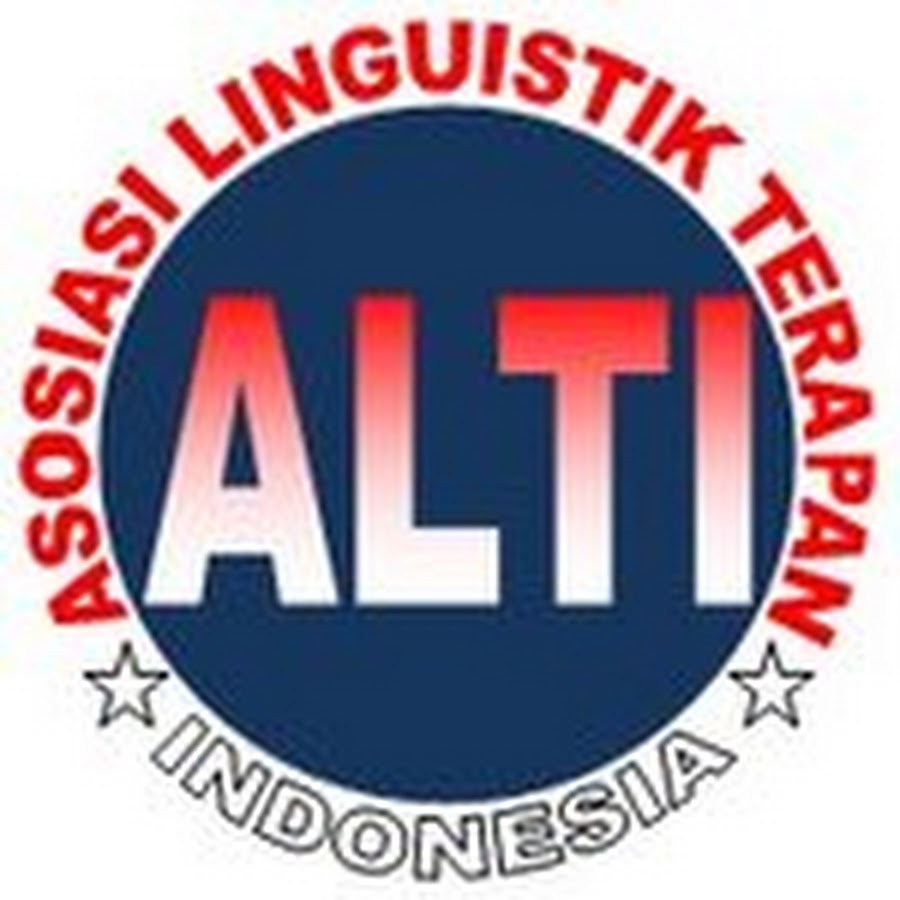Abbreviation as a Language Phenomenon in Self-Made Captions used by Teenagers on TikTok Social Media
Abstract
People often use TikTok to share their daily activities, interact with friends, do some business, and for educational goals such as share information, exchange their opinions, and runs a discussion. This research is driven by two primary objectives: first, to analyze the forms of English abbreviation words; second, to describe the reason why the teens use English abbreviation words in TikTok. This study used qualitative research with purposive sampling method, the study meticulously analyzed abbreviation words in tiktok by the teenagers collected from January to June 2024. The source of data of this research were words, phrase, and sentences in video and caption which people use in TikTok as the prime source. The writer also used the answers from the interview which is given to TikTok users around the world as the source. The data analyzed by using qualitative descriptive method with applying Bengtsson theory The findings of the study indicate that there were 120 English abbreviation words found and often used by the users from all the world. It found that there were five kinds of abbreviation words namely clipping word, initialism, acronym, contraction, and blend. Based on this study, it also found that people mostly use types of abbreviation through initialism. There are four reasons why people use English abbreviation words in TikTok, they are limited space to type, the need to type faster, follow the trend, and the presentation of typing.
References
Adha, A. D., & Dania, R. (2020). Morphological Analysis of Word Formation Found in VOA News Articles. IDEAS: Journal on English Language Teaching and Learning, Linguistics and Literature, 8(2), 458–470. https://doi.org/10.24256/ideas.v8i2.1613
Arumi, S., & Sulis Setiyono, M. (2021). Word Formation Of Messaging Applications Found In Play Store. Lire Journal (Journal of Linguistics and Literature, 5. https://doi.org/10.33019/lire.v
Azis, Z., & Rosa, R. N. (2018). Based on. E-Journal of English Language and Literature, 7(2). http://ejournal.unp.ac.id/index.php/jell
Aziz, Z. A., & Nolikasari, V. (2020). Reduplication as a word-formation process in the jamee language: A variety of minang spoken in south aceh. Studies in English Language and Education, 7(1), 43–54. https://doi.org/10.24815/siele.v7i1.15693
Derin, T., Deliani, S., Fauziah, N., Afifah, N., & Hamuddin, B. (2019). Indonesians’ Tendency to Refer Abbreviation as Acronym: Types of Abbreviation as Word Formation Process. An English-Indonesian Journal for English, Education and Culture, 8(2). https://doi.org/10.31000/globish.v7i2
Dewati, W. R., & Kepirianto, C. (2021). Word Formation Processes of the Terms Related to Covid-19 and Environmental Issues in The Jakarta Post. E3S Web of Conferences, 317. https://doi.org/10.1051/e3sconf/202131705005
Dilon, C. (2020). Tiktok influences on teenagers and young adults students: The common usages of the application tiktok. American Scientific Research Journal for Engineering, Technology, and Sciences, 68(1), 132–142.
Faradisa, A., Aziz, Z. A., & BurhanuddinYasin, and. (2019). E-ISSN 2528-746X An Analysis of Word Formation Processes Found in Instagram. In Research in English and Education (READ) (Vol. 4, Issue 2).
Fitria, T. N. (2021). Word formation process of terms in COVID-19 pandemic. Leksika: Jurnal Bahasa, Sastra Dan Pengajarannya, 15(1), 18. https://doi.org/10.30595/lks.v15i1.9248
Hafiza, M., & Rosa, R. N. (2020). E-Journal Of English Language & Literature An Analysis Of Word Formation Of English Slang Used In Straight Outta Compton Movie. http://ejournal.unp.ac.id/index.php/jell
Hüning, M., & Schlücker, B. (2023). Approximation and comparison in word-formation: The case of denominal adjectives in Dutch, German, and English. Zeitschrift Für Wortbildung / Journal of Word Formation, 7(1). https://doi.org/10.21248/zwjw.2023.1.90
Indrian, R. D. (2022). A Morphological Analysis of Word Formation Process Used in Mobile Application Names. Indonesian Journal of English Language Studies (IJELS), 8(2), 1–9. https://doi.org/10.24071/ijels.v8i2.3692
K ROWLING Intan Savira, B. J. (2019). E-Journal of English Language & Literature Types Of Word Formation Used In Chapter Sixteen Of Harry Potter And The Sorcerer’s Stone Novel Written. E-Journal of English Language and Literature, 8(1). http://ejournal.unp.ac.id/index.php/jell
Kalukar, V. J., Erliza, N., & Yahya, M. (2023). A Morphological Analysis of Word Formation Processes in English Posters on Instagram. Journal of Language Teaching and Research, 14(6), 1551–1558. https://doi.org/10.17507/jltr.1406.13
Loutfi, A. (2018). Aspects of the Clause Structure and Word Formation in Arabic: A Distributed Morphology Analysis. In Journal of Applied Language and Culture Studies (Vol. 1).
Luthfiyati, D., Kholiq, A., & Zahroh, I. N. matus. (2017). The Analysis of Word Formation Processes in the Jakarta Post Website. Linguistic, English Education and Art (LEEA) Journal, 1(1), 30–36. https://doi.org/10.31539/leea.v1i1.30
Mohsin, M. (2021). 10 Tiktok Statistics That You Need To Know In 2021 [Infographic]. Oberlo.
Mujibul Hidayat, T. (2020). The Word Formation Process Of Slang Words In Rich Brian’s Song Titled Dat Stick (Vol. 3, Issue 4).
Nurul Laili, E., Herwiana, S., Wibowo, H., Hasyim Asy, U., Jl Irian Jaya No, I., & Timur, J. (2023). Peran Theta Argumen Subjek Pada Konstruksi Pasif Verba Ditransitive Bahasa Inggris (Theta Roles of Subject Argument on Passive Construction of English Ditransitive Verbs). 11(1), 2023–2024. https://doi.org/10.26499/ttbng.v10i2.409
Proceedings of International Congress on “Multidisciplinary Studies in Education and Applied Sciences.” (2023). www.conferencezone.org
Qamar, M. T., Yasmeen, J., Zeeshan, M. A., & Pathak, S. (2022). Coroneologisms and Word Formation Processes in Hindi-English Codemixed Words. Acta Linguistica Asiatica, 12(1), 2022. https://doi.org/10.4312/ala.12.1.59−89
Raodhatul, A. P., & Ardi, H. (2019). E-Journal of English Language & Literature Word Formation Of Slang Word In Song Albums Created By Indonesian Rapper, Young Lex. E-Journal of English Language and Literature, 8(3). http://ejournal.unp.ac.id/index.php/jell
Ratih, E., & Gusdian, R. I. (2018). Word Formation Processes In English New Words Of Oxford English Dictionary (Oed) Online. http://public.oed.com/the-oed-today/recent-updates-to-the-oed/.
Rizki, S., & Marlina, L. (2018). E-Journal of English Language & Literature Word Formation Process In Novel Alice’s Adventures In Wonderland By Lewis Carroll And Movie Alice In Wonderland By Walt Disney. E-Journal of English Language and Literature, 7(1). http://ejournal.unp.ac.id/index.php/jell
Setiawan, B., Deliani, S., & Dewi, R. S. (2019). An Analisys Of Word Formation Process In The Novel Ghost Fleet In Morphological Perspective.
Shofi Zuhri, M., Suwandi, S., & Wuli Fitriati, S. (2022). Morphological Process of Morphemes Through Word-Formation Process in Students’ Writing. EEJ, 12(3), 301–309. http://journal.unnes.ac.id/sju/index.php/eej
Sinaga, Y. K., Herman, H., & Tannuary, A. (2022). Discovering the Pattern of Pop Song Artist’s Word Formation Processes for Slangs. Elsya : Journal of English Language Studies, 4(2), 157–167. https://doi.org/10.31849/elsya.v4i2.6337
Tilavova, M. M. (23 C.E.). Mental Enlightenment Scientific-Methodological Journal The Process Of Word Formation In Modern English And The Types Of Formation Of Words Related To Education. https://doi.org/10.37547/mesmj-V4-I6-42
Triwahyuni, N. (2018). An Analysis Of Word Formation Encountered In Medical Terms In The Jakarta Post’s Articles. In Journal of English Education and Teaching (JEET (Vol. 2, Issue 2).
Wahyuni, A. T. (2017). Abbreviations Used in Social Media Facebook Instagram.
Wibowo, H., & Hamidah, N. (2023). Linguistic Interplay on Social Media: Unraveling Indonesian-English Code Mixing on Twitter. 22. https://doi.org/10.33096/tamaddun.v22i2.547
Wibowo, H., & Handayani, V. (2023). Morphological Analysis in Snow White and The Seven Dwarfs Story. https://doi.org/10.33752/teflics.v3i2.5282
Copyright (c) 2024 Hanafi Wibowo, Melly Anggoro Ningtyas

This work is licensed under a Creative Commons Attribution 4.0 International License.
Authors who publish with Tamaddun journal agree to the following terms:
1. Authors retain the copyright and grant Tamaddun the right of first publication. The work will be licensed under a Creative Commons Attribution License (CC BY 4.0), which permits others to share the work with proper acknowledgment of the authorship and initial publication in this journal.
2. Authors may enter into additional non-exclusive agreements for the distribution of the published version of their work (e.g., posting it to an institutional repository or including it in a book), provided that the initial publication in this journal is acknowledged.
3. Authors are encouraged to post their work online (e.g., in institutional repositories or on their personal websites) before and during the submission process. This can lead to productive exchanges and increase the visibility and citation of the published work.






